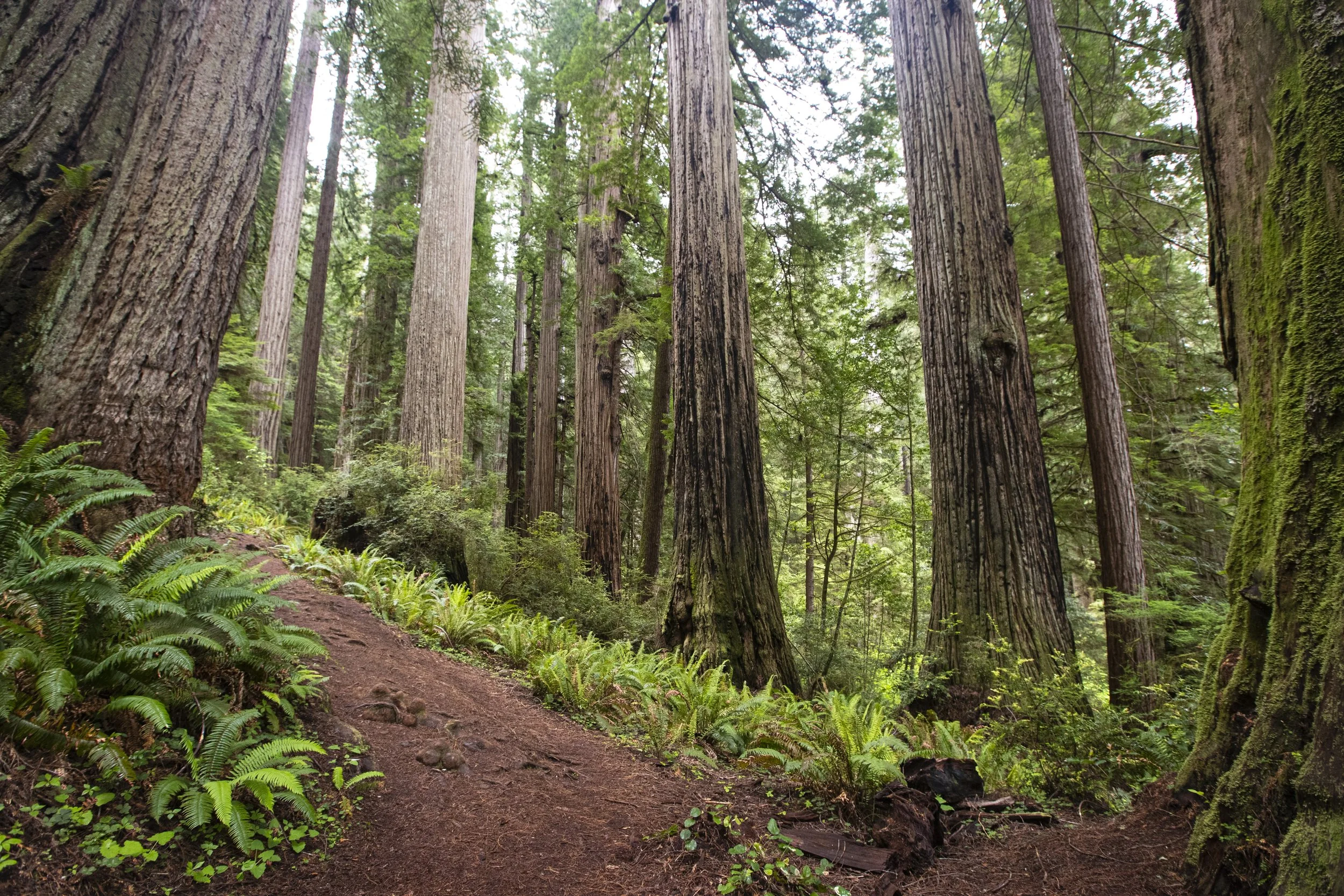
Biodiversity Conservation
One Health
Disaster Management

Biodiversity Conservation
One Health
Disaster Management

Blackened trunks line each side of the highway from Bairnsdale to Mallacoota, a distance of ~150 miles (240 km). I'm driving there on a sunny afternoon after interviewing a few of the people who spent weeks in back to back deployments fighting fire, assessing wildlife, and trying to save endangered species from an extinction level threat.
I'm now fully embedded into my research project and the East Gippsland, Victoria area where my project is based. In my first few weeks here, enlightening conversations have both helped focused my research objectives and enticed me to ask even more questions. I am delighted on a daily basis by the stunning landscapes and wonderful wildlife of this area.
In January 2020, I was sitting at my kitchen counter drinking my first coffee of the day, when I received a news article on social media stating that over 1 billion animals were likely killed or negatively impacted by the "Black Summer" fires occurring in Australia that season. I immediately burst into tears when considering the meaning of this number, particularly as it was paired with the heart wrenching pictures of Australia's iconic koalas and kangaroos suffering from burn wounds in the devastated landscapes of their habitats. Later on that year, the number was revised to 3 billion animals affected.